By Irena Nagler
...I more than once, at Noon
Have passed, I thought, a Whip lash
Unbraiding in the Sun
When stooping to secure it
It wrinkled, and was gone—
Several of Nature’s People
I know, and they know me—
I feel for them a transport
Of cordiality—
But never met this Fellow
Attended, or alone
Without a tighter breathing
And Zero at the Bone—
-Emily Dickinson, from 986 A narrow Fellow in the Grass 1866, 1891
In winter, they brumate. A word that suggests mist and fog: “La brume,” pale smoke twisting and wending, shedding tendrils and opening portals. The etymology is successive. From French, mist and fog; from Old French, winter; this derived from bruma, Latin for the Winter Solstice.
Before shedding a skin, as they do a few times a year, snakes turn to fog: a bluish cast to the skin, eyes cloudy opals. Then the skin is rubbed off on a tree or rock and discarded on the ground like a fallen leaf.
Brumation, as distinguished from hibernation, is a metabolic slowing. Snakes don't hibernate in winter, but they sleep for long periods, waking to forage, sometimes galvanized into more activity by periods of warming, then quiescent again when the weather cools.
In the spring, when water is loosed from ice and rainclouds and the air warms, they quicken and emerge in search of mates and the best locations for birthing, and that is when humans most often encounter them. The female snake leaves a scent trail; the males follow. Mating involves entwining tails. Both live births and eggs are possible in various species.
On April 8, 2024, the day of a total solar eclipse, I arrived at Leslie Science Center, having decided not to join the road traffic en route to the umbra. Paper eclipse glasses in hand, I wandered into Black Pond Woods and decided to stay there. The leaves were only barely emerging, and I could see the sun perfectly well between the nearly bare crowns of trees. At the pond, sporadic frog calls thrust out, sudden and almost fierce. A hawk flew over it and away into the woods, where I heard it laughing periodically for the next hour.
As the sun was gradually swallowed, shadows darkened and seemed to accrue a weight of added dimensions. There was a subtle shift to a fairytale ambience, a sense of theater, of anticipation and opening portals. The frog chorus mellowed and expanded into a mesh, with higher peeps rising like starbursts, typical of evening. The pond and the woods were steeped in twilight magic. A long tree-shadow was laid out directly from under my feet like a road to another realm.
Darker, and the frogs went silent.
Suddenly there was a rustling of brown leaves near me. A squirrel? Nope. At the culmination of the eclipse, a long gray snake, gleaming in the sliver of remaining sunlight, shot up from under the leaf-cover. It slid away toward a fallen log, and under it, then emerging on the other side, made its way on the hunt deeper into the woods.
The sun returned so gradually that I couldn't see the difference in the sky, but the light was changing subtly, a brightening gold, and the frogs began to call again. I left the woods to rejoin the humans.
A few days later, I used my imagination to dream as the snake. It took me wandering inside Earth, down mineral chutes, through caverns sculpted by underground water, lured by a whisper of fire. It touched everything and everything shined. It polished all facets with a liquid love.
Apophis, the snake god of the Egyptian pantheon, swallows the sun every night, and also by day during eclipses. Ra, the embodiment of the sun, always triumphs, navigating the underworld in his boat by night, fighting Apophis to win through the shadow of diurnal eclipse.
The asteroid considered most likely to collide with Earth has been named Apophis, echoing a terror of darkness and unknowing in a world no longer home.
Snakes can paralyze humans with fear. There's a freezing "zero at the bone"—a recognition of something unnervingly primal and universal in our own evolutionary past, and in some of our internal organs, too: brain convolutions, intestines, movement of blood through veins, undulations of muscle. There is the knowledge that some snakes use venom to protect themselves and stun their prey and others kill by strangulating.
The fear is instinctive. The first time I saw a snake on a back porch at home, I was four years old. The twitching, gliding thing looked like a severed and animated tail. I fled.
There's a statue in the St. Thomas cemetery on Sunset Road. I happened on it during a walk on the paths that snake their way up and down the sloping ground among old oak trees, the woods of the bluffs beyond. On subsequent visits it was a tossup whether or not I'd find the statue again, as if it sometimes existed in this world and other times not. It's a beautifully carved Marian figure, her eyes serene. When you look down at the feet, you see she's stepping on an equally exquisite snake; she's vanquishing the Edenic serpent.
Lilith, Adam's legendary first wife, is sometimes associated with snakes, even identified with the serpent who tempted Eve, having disguised herself after her banishment from Eden. In contemporary myth resurrecting a Goddess or multiple goddesses, she becomes a force encouraging the shedding of restrictive social/mental skins and reclamation of power and passion. St. Patrick's Day, March 17, is recast as "All Snakes Day" to affirm a paganism based in oneness with the living system, welcoming snakes into the circle.
Serpents are strong presences in most, if not all mythic and religious systems. They have androgynous symbolism, echoing the fluid nature of human sexuality, gender, and consciousness. Much of what's contended about currently is cultural, not biological. But when a culture (as most cultures do) has adopted restrictive beliefs based on misunderstanding of what I call the bodysoul, which has its own powers, and allowed only certain traits, relationships, or activities based on XX or XY origin, serpents sometimes embody what's hated or feared. In Western culture that has meant a fear of the female, of women. Mary, in contrast to Lilith, embodies the "pure" woman who rises above an imagined and feared dark welter of female power.
In some Christian communities, notably in the American South, a tradition of snake-handling expresses this dynamic in a visceral manner. Both men and women gather to sing and shout themselves into an entranced and open state, then take up handfuls of venomous snakes, seen as Devil incarnate. The capacity to handle them and even to survive snakebite is felt as a gift from God and a sign of salvation. The ecstasy, even from the delirium of snakebite, is transcendent, even when springing from a dualistic mindset; the worshipers' consciousness spills over into a unity of flow described as melting, a deliquescent merge.
In many other cultures, snakes are respected and celebrated and a certain amount of healthy fear acknowledged. In India, the feast of Nag Panchami honors snakes on the fifth day of the July/August moon cycle. Human chakra systems—adapted to creatures distinguished by an upright stance, with an up/down orientation—are characterized as a serpent asleep at the base of the spine, a fire-coil that ideally matures to rise and culminate in a cobra-head flare above the crown of the head.
From age seven to nine, I lived in Ibadan, Nigeria, where my father was teaching at a technical college. Wariness of serpents was ingrained in everyone: black mamba, green mamba, cobras. A long, lime-green, sleeping snake was draped on our stair landing one afternoon. And there was the performing snake charmer with a clutch of cobras. (I don't know if that is legal now.)
One afternoon at a neighborhood birthday party, a lot of little girls were sent on a scavenger hunt. One item on it was "a letter in another language," i.e. other than the English spoken in this former British colony. I knew my mother would have lots of those, so I raced eagerly to our driveway and hurtled down its slope. I vaguely noticed a crowd of adults gathered at the house, and heard them yelling at me, but my focus was entirely on the scavenger hunt. I ran and leaped and skipped and skidded to a halt at the house. "Mama, I need a letter in another language!"
"Turn around," she said. "Turn around and look."
I did, almost into the slitted eyes of a rearing cobra, one not yet treated with the customary drug or antidote to be administered from a little envelope by the man standing behind it, who was looking rather...pale.
"You jumped right over the snake," I was told.
Two years later, my favorite word having become "prissy," and with a best friend who scorned all that was girly, I decided that I would no longer be prissy about snakes. I would learn to like them. I'd swoop on a little garter snake in the woods and pick it up. No fun for the snake, I imagine, though it didn't struggle, just hung over my hand in an arc with a curious head weaving and eyes like jewels. Its face smiled a little, its skin was dry, and its body slender and supple. It worked. I began to love them. And boys were nice to me when I caught snakes and frogs which was a warming experience given the derision that often greeted my ineptitude at ballgame sports.
A crystal bowl concert upstairs at Crazy Wisdom. The audience is warned to be careful while driving afterward. The singing stones emanate a rock-solid tone that cuts through swarms of cells. I feel a reptile in my spine rearing up and peering over my head with ancient eyes: the bones of a mountain washed in a primordial sea.
Human embryos reveal a reptile phase in ancestry. Embryos have some reptilian muscles; a few are born with remnants of these, considered birth defects. Mammals descend from a branch of the synapsids, and they in turn from an ancient reptile, a common ancestor to all mammals, reptiles and birds, represented most clearly at this time by fossil evidence of an ancient, bearded dragon found in Australia, but largely still a mystery.
It may not be so strange, given the ancestry of birds, that some mythic serpents are winged, like the Egyptian Wadjet cobra who became a royal symbol worn as a crown, or Quetzalcoatl, the Aztec feathered serpent, one of several Mesoamerican winged-snake gods associated with the sky, wind and rain, creator gods. Quetzalcoatl generates art and the quest for learning, and like the Christian Jesus is expected to return after a time apart from human life.
Tracy Moore, Curtis Glatter, and I created a dance piece in 2011 based on a story by Helen Slomovits. It described a dream she'd had of a Delphic oracle cave with a pair of snakes: "The Cave of Healing Dreams." Two snakes twining around a staff are a familiar symbol of healing and medicine. Curtis improvised shimmering and percussive music. Tracy was the dreamer. I had to be as still as a sleeping snake for at least twenty minutes, a serpent wound around a pillar. Then in a shockingly sudden move, as snake motion often is, I uncurled and joined Tracy. She and I danced as the two snakes. The Dreamer then awoke healed and ran out into the sun. I'm still working a bit on ironing out the results of twenty-plus minutes of contorted stillness in that dance. A little too much "all for art" there. I neither regret nor recommend it!
In ancient Greece, snakes were physically present at the Delphic oracle on a mountain considered the center of the Earth. It's been found recently that there really is a rift there that probably sent up hydrocarbon gases breathed by the Pythia priestess to induce oracular trance. The Delphic nexus embodies the transition from female-centered, Earth-based religion to a time when Apollo has vanquished the snake and taken command of the oracle. Still, it was a woman who descended into a lower chamber to receive messages from Gaea, the Earth.
The Appalachian Mountains were once connected to a range in Scotland and Wales. Serpentine stone is a strong presence in this long chain of interrupted vertebrae. It's green, the color of human eyes that are considered an indicator of fairly near-past ancestry that's unusually "mixed." We can tune in to the slow motion of earth tectonics by dancing and entering imaginatively into the serpentine formations of rock. We can feel our bones as extensions of it.
Snakes are exquisitely sensitive to vibration, taste, and smell. They can perceive both ultraviolet light and infrared thermal radiation. As "cold-blooded" creatures, they need to bask in sun-warmth.They have expandable jaws, enabling them to swallow larger prey. They have no limbs nor moveable eyelids, no voice except the capacity to hiss, and no ear openings; their sense of sound vibration is internal, connected to the jawbone. Their forked tongues taste and smell continually. A Jacobson's organ in the tongue gives chemical cues of perception. One-tenth of all snake species are venomous; these will tend to have a triangular or spade-shaped head.
In the heads of some rare legendary serpents resides a mythical jewel, the nagamani, that gives immunity and healing to snakebite. Known as a snake stone, black stone, or cobra pearl, the nagamani is administered in the form of a black bone in healing ritual that calls on powers of belief.
The story of the jewel evokes the sense of a fierce directional sense as if the snake made a decision, pierced its way into the chosen path with its head, adjusting direction as necessary, and the coils then just follow. Snakes can spend an enormous percentage of their lifetimes asleep or deeply still, then suddenly whip into motion. Not a bad way to proceed: to be profoundly still, sensing currents both inner and outer, then act the moment it's time to do so.
When they move, it's more as if motion runs through them. Not unlike some sea creatures, or the slow unfolding of plant life growing and opening, their morphology reflects mammalian inner bodies. It's a mystery to themselves only partly illuminated by x-rays and ultrasound, apprehended more by feeling than seeing. Dancers, especially belly dancers, may at least subconsciously tune into it when refining their art.
Dancing with snakes is not an element of original Middle Eastern dance. American belly dancers adopted it beginning in 1960, when, according to a story, a dancer rescued a snake from a box at a fair and wound up dancing with it wrapped around her. Good dancing with snakes involves awareness that the serpent has a life of its own and cannot be forced to move in any way. If anything, they are teachers and are treated as partners.
A dancer named Asia, who lived for a few years in southeast Michigan, performed in Espresso Royale on Main Street with a boa constrictor (named Lucille). Kalaea, who co-directed a dance theater group with me, had organized the eclectic event, and she and I performed in it, too. Afterward, I retreated to a designated changing room. Asia's husband was there, with Lucille huddled around his neck. "Would you like to try holding her?" he asked me and another dancer who replied with a firm "NO."
I said, "Sure, okay", and Lucille was transferred to my shoulders, pouring herself in a long shawl. Instead of curling up again, she remained open and swayed slightly. Her scales each moved with a life of their own, multiple strands of living coins and sequins laid flat against each other in chains, and through them flowed the motion of layers of muscles, all slung on one long liquid one that united them. The mantle of her weight was a sea that leaned on me and breathed down one fold of snake and up another. It was also like a shifting of tectonic plates—not agitated—an unhurried movement, sensitive perhaps to the energy of recent dancing still astir. I found out later that, at least according to one author, she was pretty comfortable with me.
Dream: I have Medusa snakes for hair. They have a metallic sheen and hum a little almost beneath audible sound. I’m playing a piano. The snakes don't touch the keyboard, but they're like nerves. They guide in bringing forth nuances of sound and music.
For a few Halloweens after that, I wore a Medusa headdress made from a green, snake-patterned hair band with dangling snakes. Medusa was a Gorgon in an ancient Greek myth familiar to most in Western culture. In some variants of the legend, she was a beautiful woman transformed by an angry goddess to one with snakes for hair, whose fearsome appearance petrified any whose eyes met hers. Like Lilith, she's been reclaimed by modern feminists and witches, a symbol of liberating anger and a potent beauty that defeats attempts to cast it in a measurable mold.
Dream: In a building within a parking garage. It's a combination of carport, prison, and job application center. I need to come up with a persona, a new name to preserve soul energy while working here. I can't quite grasp the name while asleep but wake up saying "Melusine." Later, in waking life, I find a reference to Melusine as a name to take for protection in a situation where one must conceal a witch identity.
Melusine is a European spirit of fresh water in wells or rivers, a serpent or fish from the waist down. Sometimes she has two tails, or wings, or both. In most legends, the best-known being from France, she is married to a king who is forbidden to see her while bathing. When he breaks his promise to abide by the injunction, she becomes a permanent snake or dragon, perceived as monstrous.
Memory, almost a dream: I'm a small child, maybe three. My family has a log cabin in the big woods spanning mid-Michigan. Across the dirt road is a spruce wood with its knees in swamp water, and a little lake or the bend of a river. Men are fishing there. One of them tall and elegant in black, with a black hat, and long black muck boots dangling in the water. A black water-snake swims by with its head raised high. They are all united in my memory: dark water, dark trees, tall man, and especially those boots partly immersed, and the black snake...seeming extensions of one coil in a subterranean river.
The University of Michigan is now the owner of 70,000 snakes and some salamander specimens, inherited from researchers at Oregon State University who had UM connections. The snakes, received in 2023, are coiled tightly on themselves in alcohol-filled jars. The majority are garter snakes and water snakes.
Our river is especially serpentine in its course through Ann Arbor. Most rivers have convoluted areas, especially where they wind around hills, as the Huron does here. I live in a district where one can walk in any direction and soon reach the river. In Island Park, there's an annual gathering called River and Dream. Dancers and audience participate in a movement meditation in the water. As best we can, we pour ourselves out of mental containers and shed constricting skins to join with the current coiling around our legs, rushing between fingers of hands dipped in it, flocks of birds or bats flying overhead as if all on one muscle and trajectory. Moving with and resisting the current, splashing drops like glimmering scales and sending them skyward and mischievously toward each other and the audience.
Among the many Australian aboriginal groups are variants of a Rainbow Serpent legend, possibly somewhat distorted by anthropological reports as if there were only one story. It tends to be a creator god, like the Mesoamerican one, associated with water and blood, a giver of life and occasionally vindictive in anger. It's androgynous: male in some tribal cultures, female in others, and may have a double body. Some commentators associate it with ideas of a multiverse of infinite possibility, many worlds branching from each choice in any moment, whether obviously weighty or infinitesimal and barely noted: infinite rivers to an eternal sea.
From where you stand or sit, imagine a slow serpentine coil of fire or water inside the Earth. Allow a muscular tendril of it to enter you through your feet and begin to move as it directs you. Slowly erase with it any tension that binds you to what is not yours. Follow the trajectories chosen by the snake and expressed through its mythical jeweled head (you can let one or both of your hands be the head.) Flow in your essence and allow the firewater-snake to encompass all of you, until, moving out from your solar plexus center, you are reaching, stretching, contracting again and reaching again. You may find that you can perceive and touch with inner senses even what is quite far away or reach into alternate versions of the world.
In Samuel Taylor Coleridge's long poem, The Rime of the Ancient Mariner, a wedding guest is detained by an old, emaciated sailor with glittering eyes who is compelled to tell his story of a haunted voyage into an icebound sea. The ship had been guided by a sublime albatross, a Christian icon, with power to melt channels in the ice, calm the sea, and call forth auspicious winds. The sailor slays it with a crossbow, after which it's slung around his neck. His fifty shipmates perish, leaving him alone in agony and drought on a fiery sea trodden by strange reptiles. But watching them, the intensity of his anguish draws him into a transcendent state, as though shrugging off a worn-out skin.
Beyond the shadows of the ship,
I watched the water snakes:
They moved in tracks of shining white,
And when they reared, the elfish light
Fell off in hoary flakes.
Within the shadow of the ship
I watched their rich attire:
Blue, glowing green, and velvet black,
They coiled and swam; and every track
Was a flash of golden fire.
O happy living things! no tongue
Their beauty might declare:
A spring of love gushed from my heart,
And I blessed them unaware…
- From Samuel Taylor Coleridge, The Rime of the Ancient Mariner, 1798
Beauty is an ocean that we keep trying to fit into a measuring cup. Love is a fathomless spring. Dance freely in the rhythms of the snake and it moves through the coils.
The Mariner's ordeal brings him realization in a fever dream that transforms his terror into a sea of love. He's Christian; it's not unlike the trances of the snake-handlers, but his vision transcends the fear of "Devil snakes" and bathes them in a love that might be fearsome to those unready for it. The Mariner himself becomes frightening and compelling, and the wedding guest must listen to him.
The snakes, or our perceptions of them, can take us beyond what's humanly bearable. But we can become like them at some moments curled in sunlight, at peace on a warming stone, allowing the world to move through us: flexible and fluid enough to be safe in the best of ways.
And gradually or with shocking suddenness awaken to seas of love.
Related Articles:





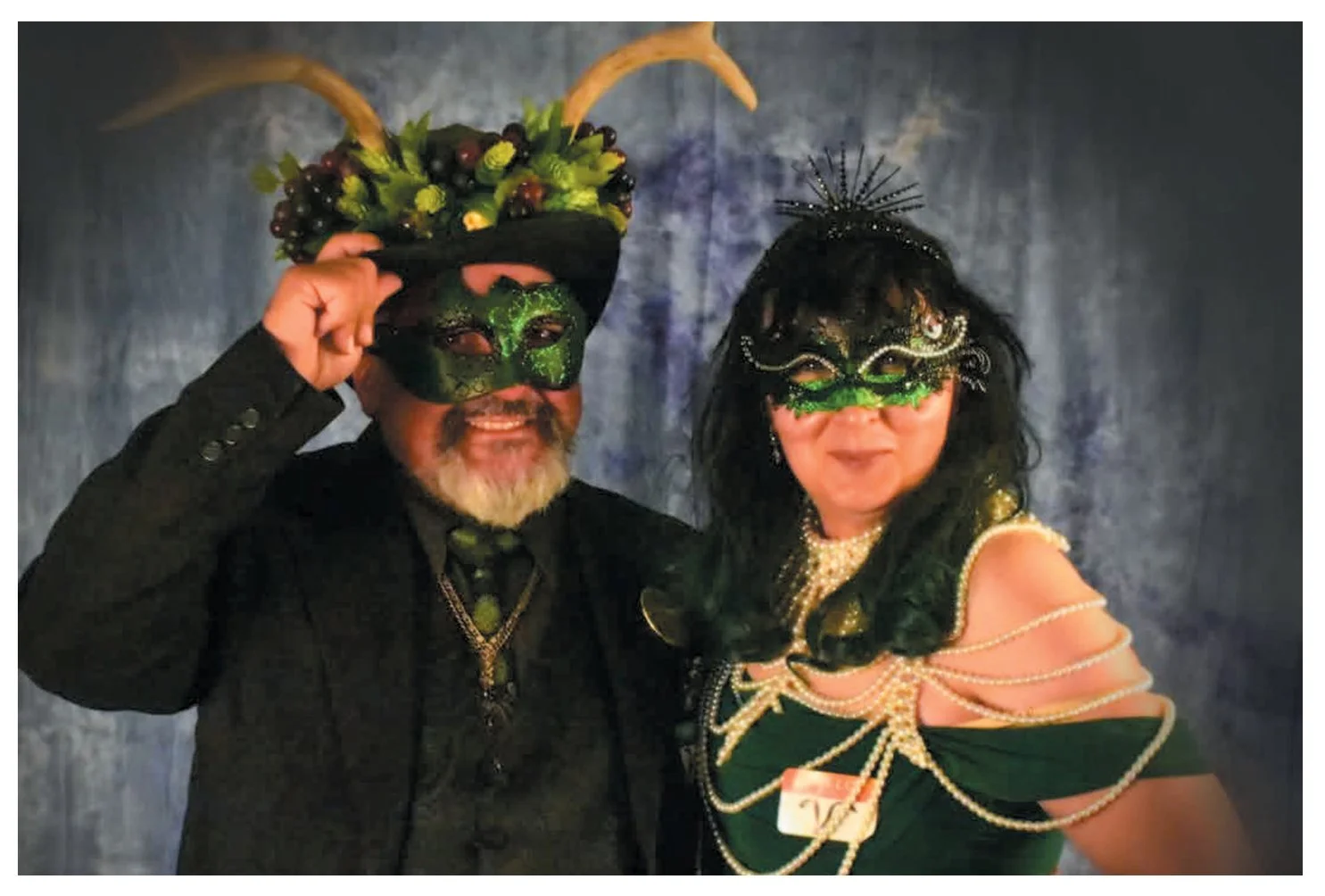



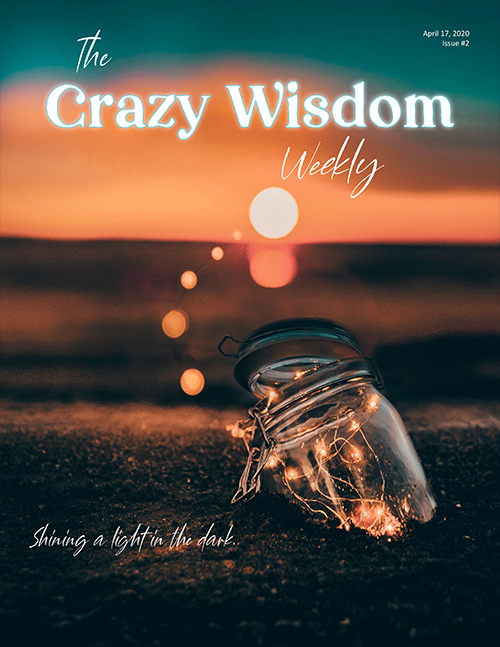
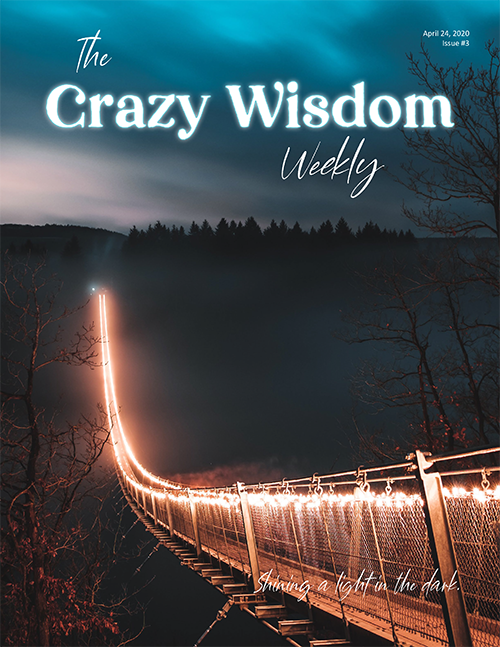


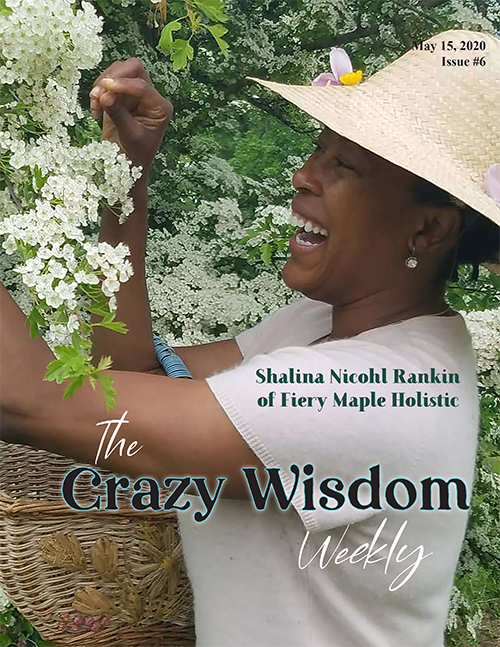




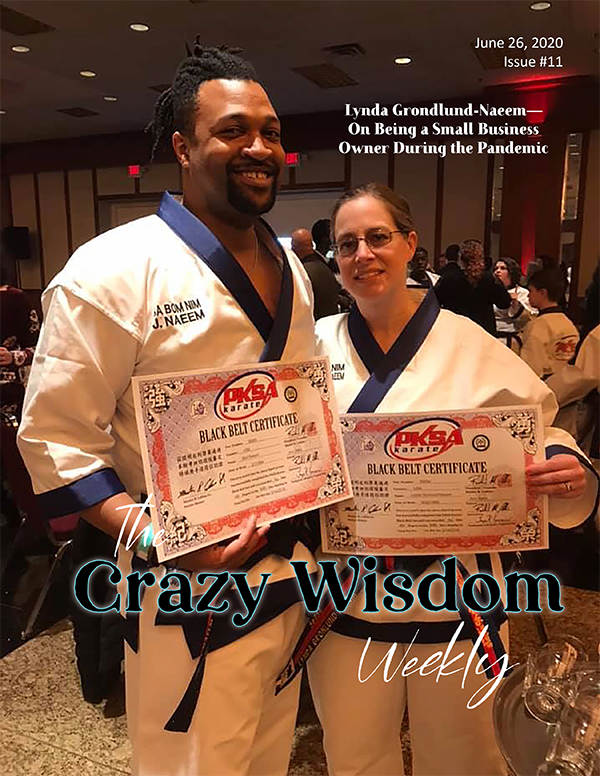


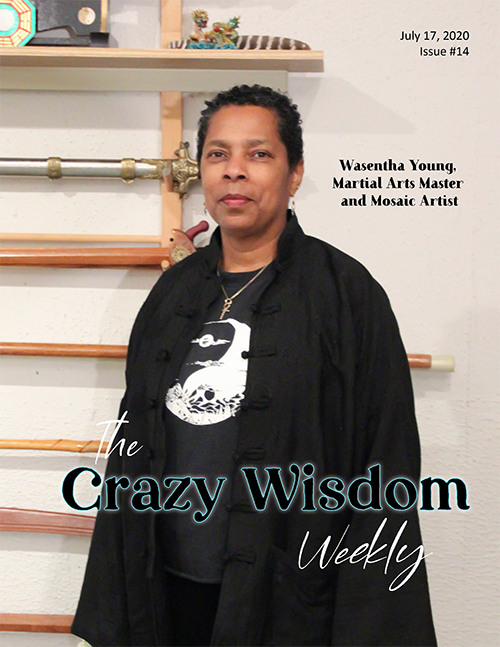




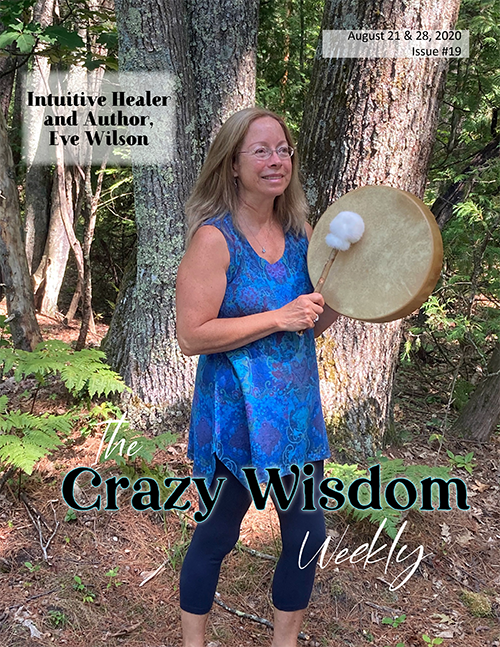















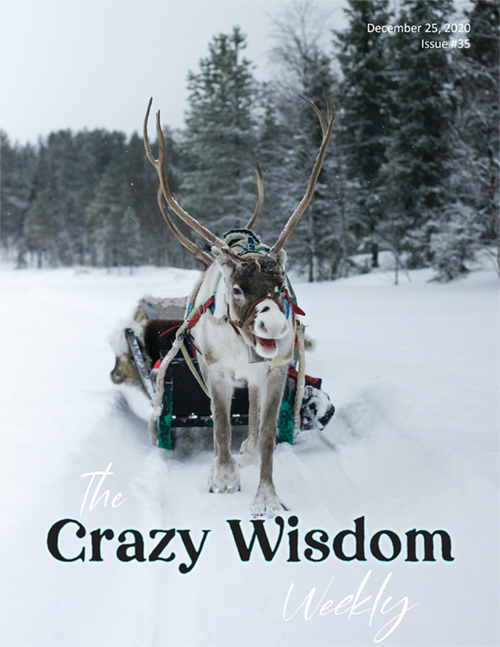








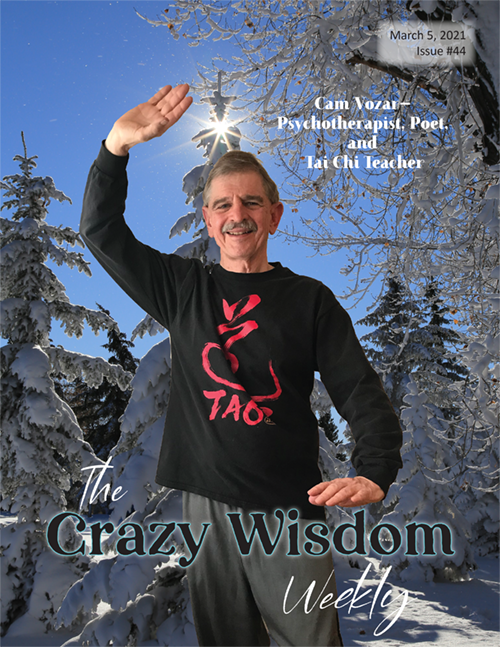
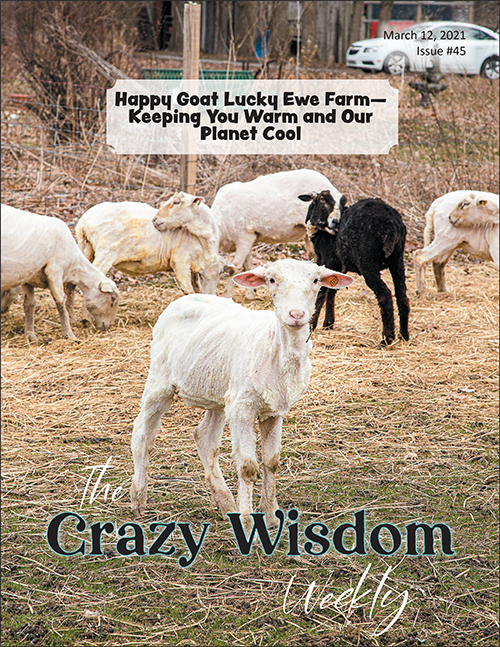

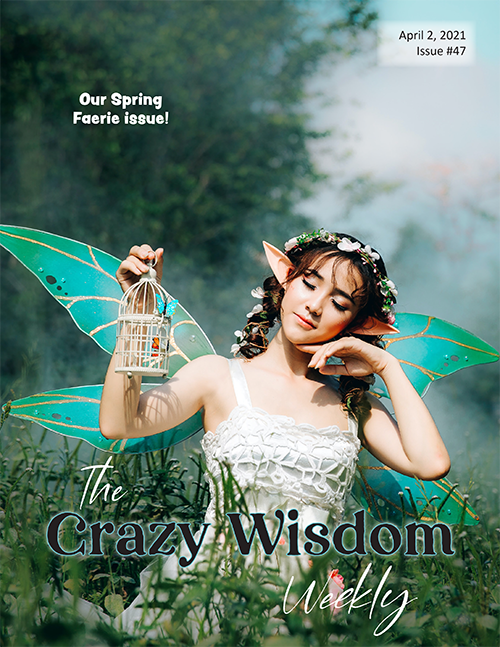



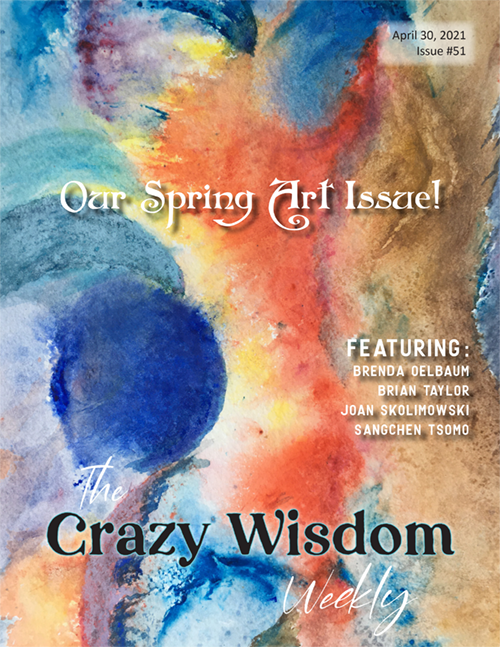




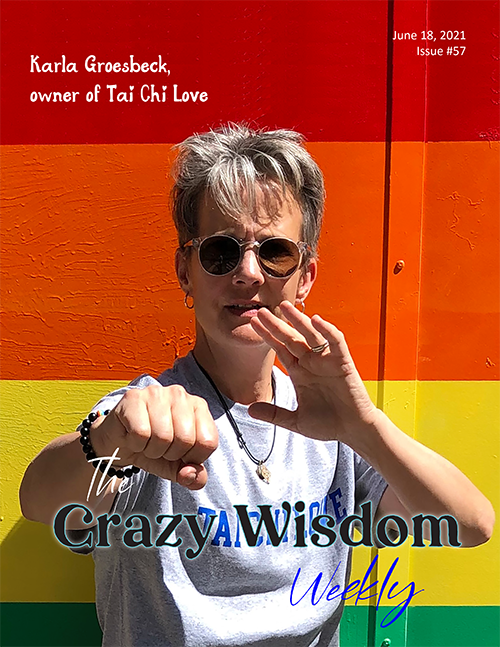


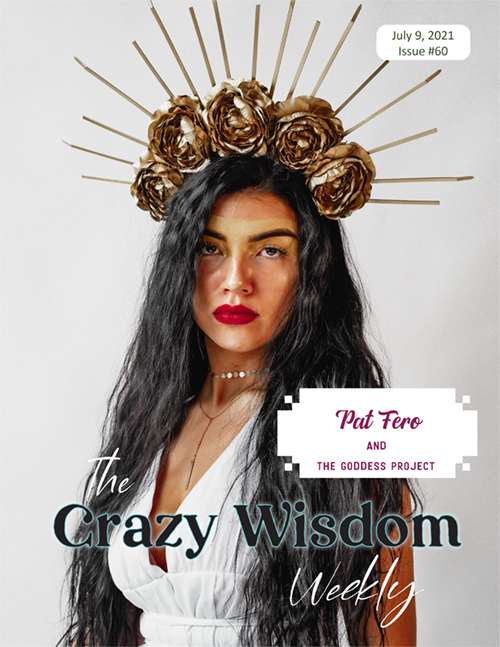



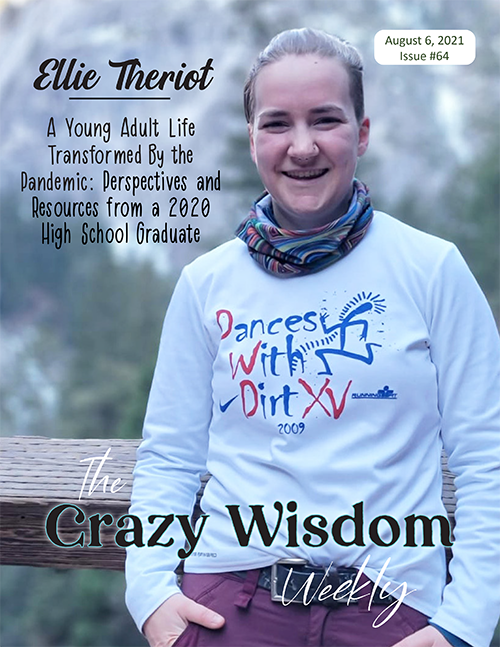










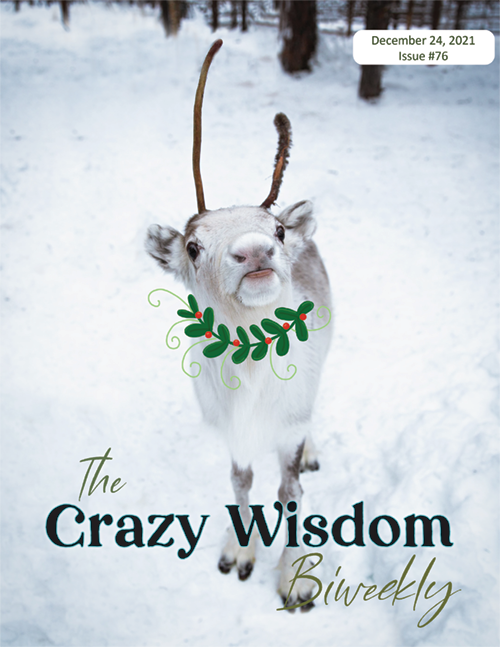



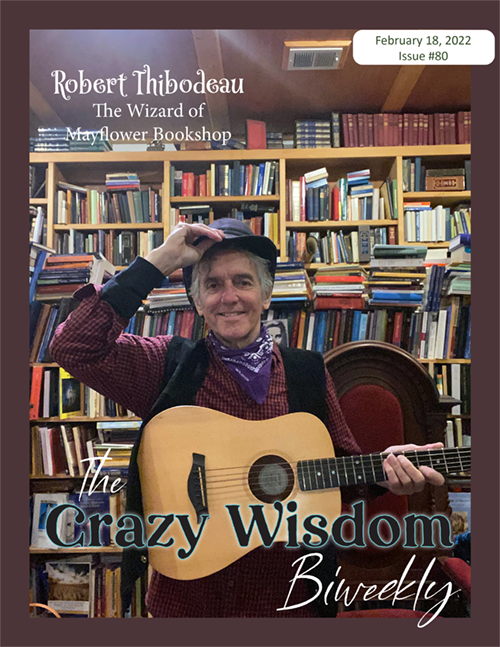




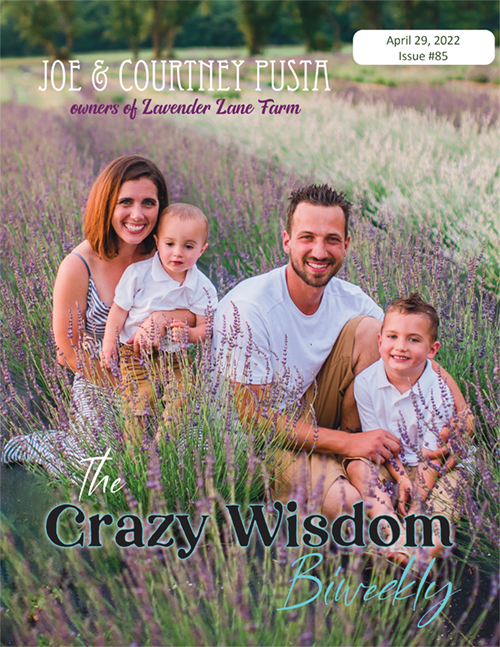


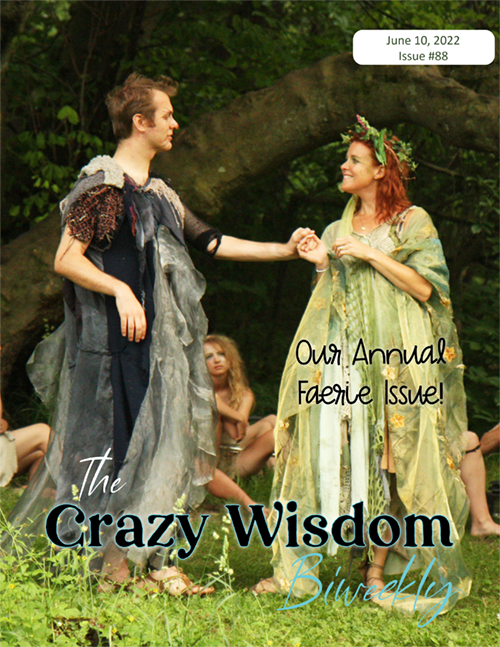



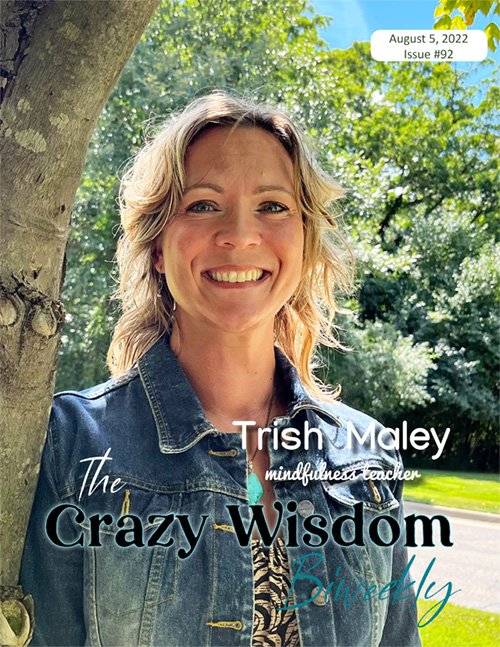




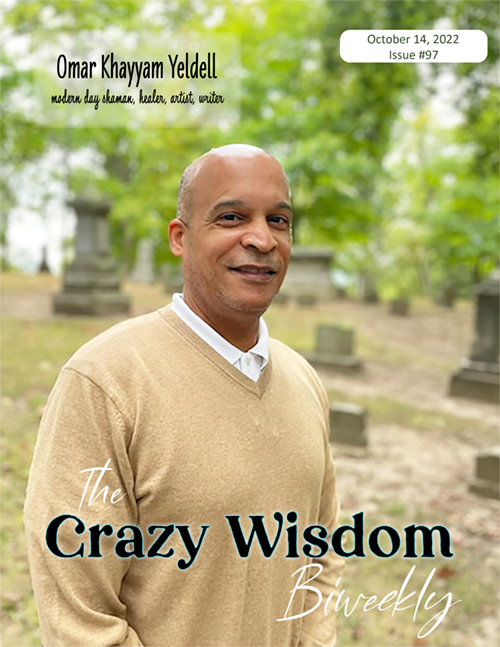














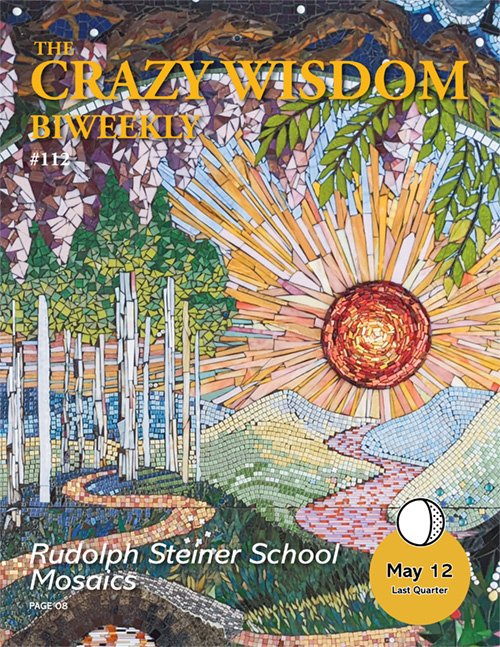

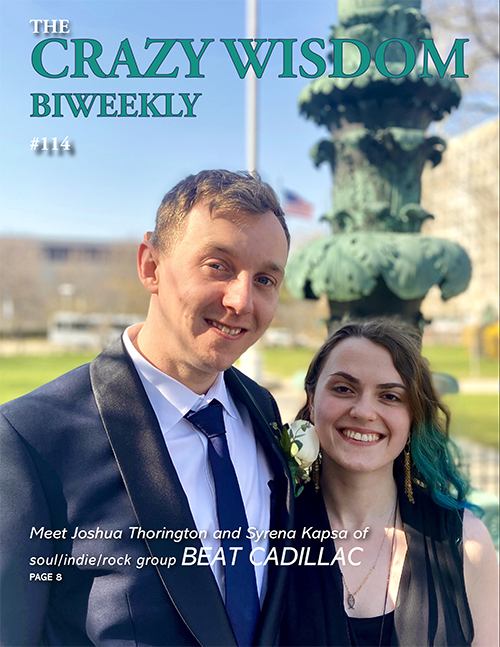
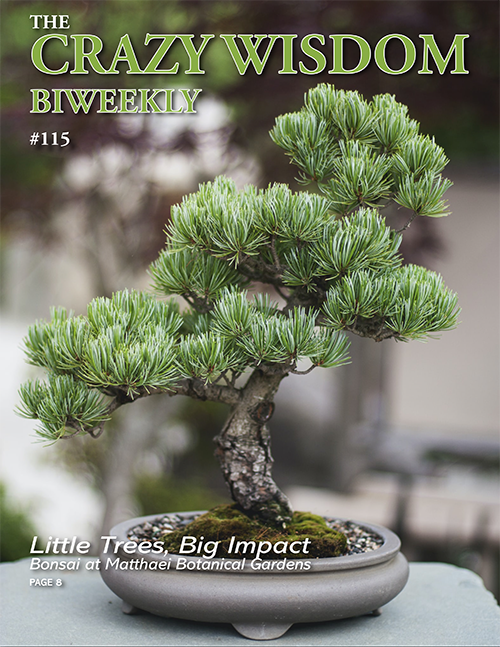
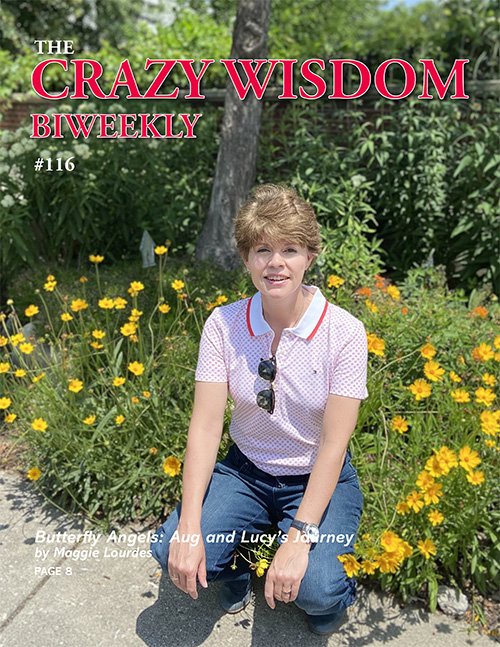

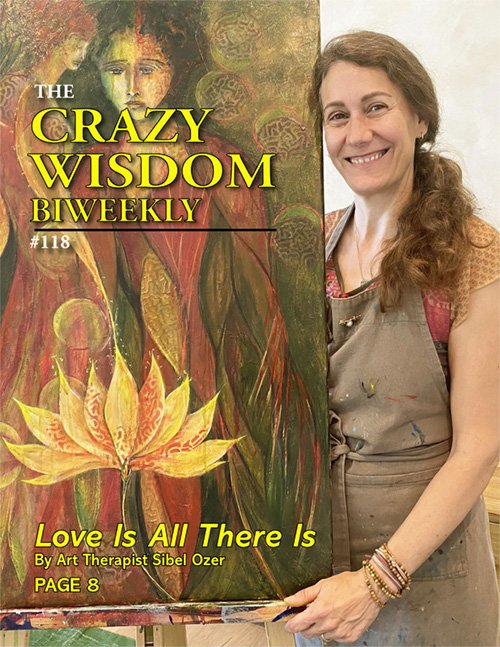
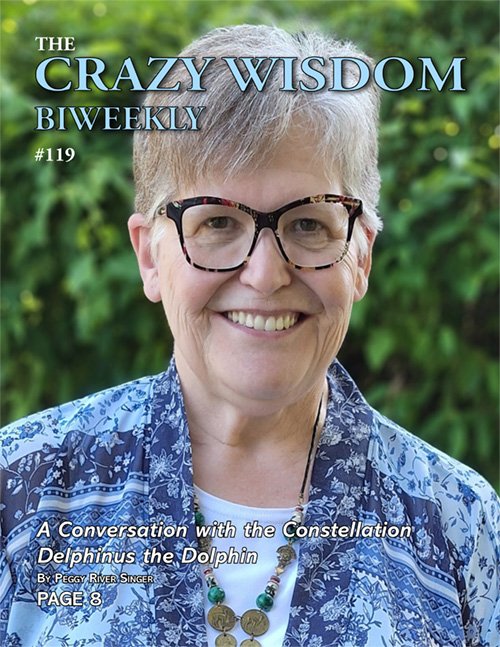

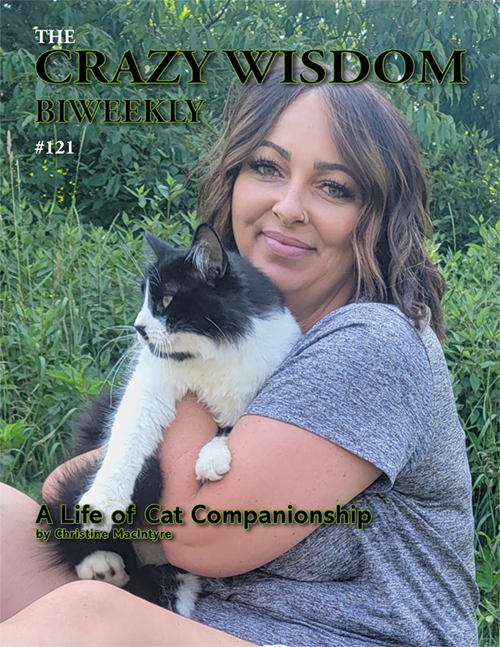






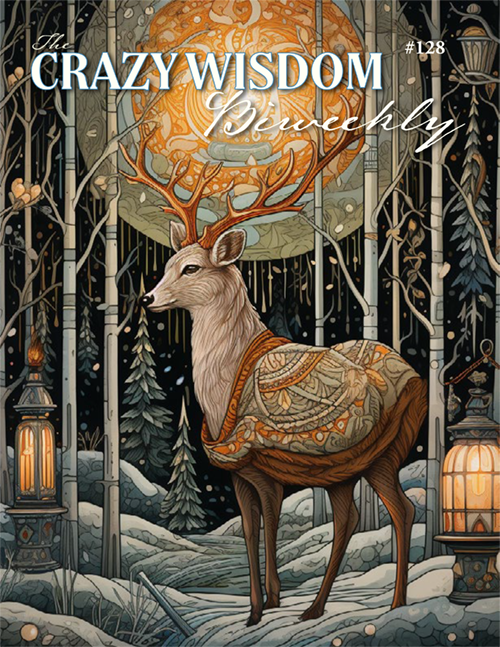

















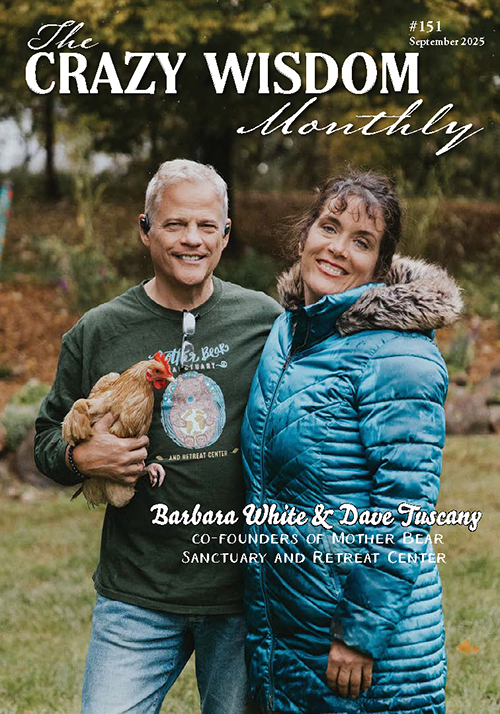
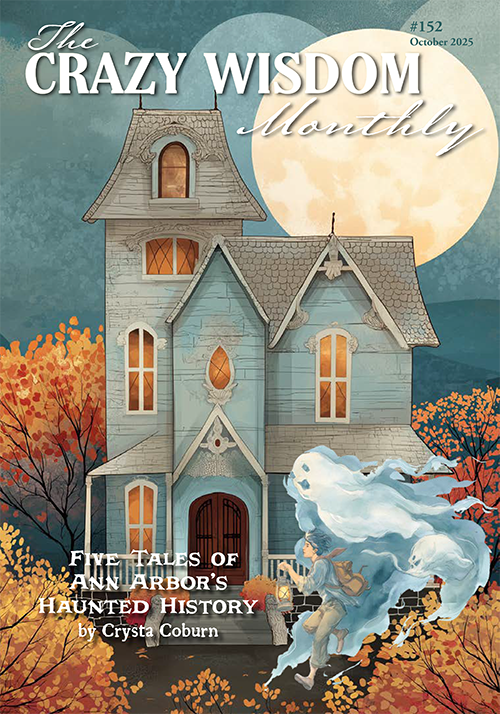










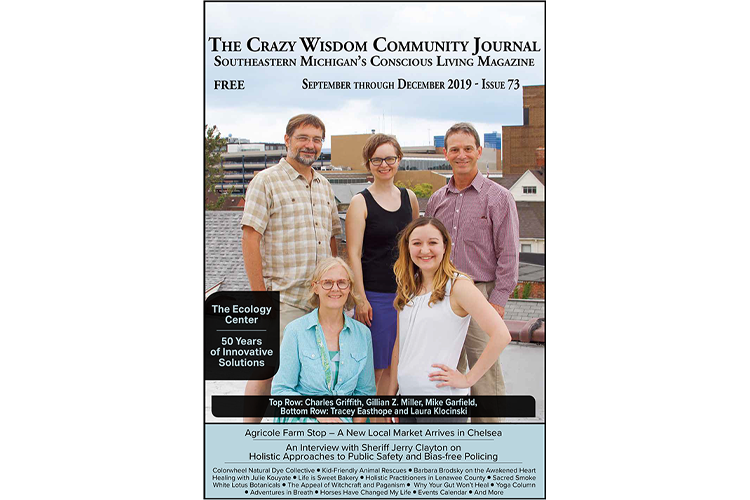





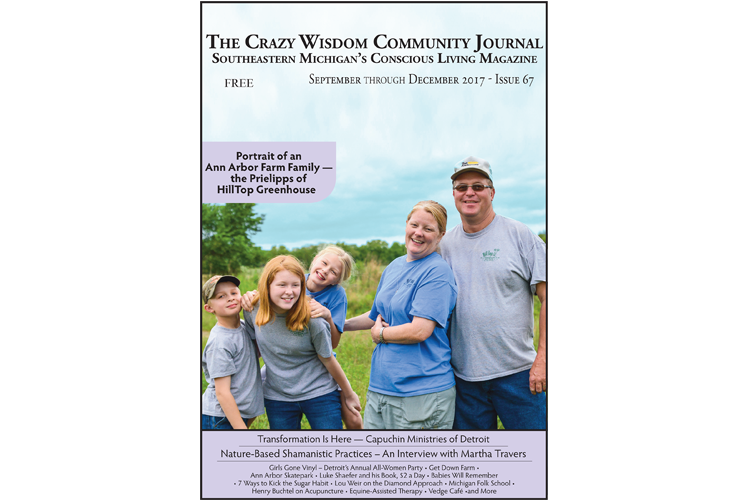

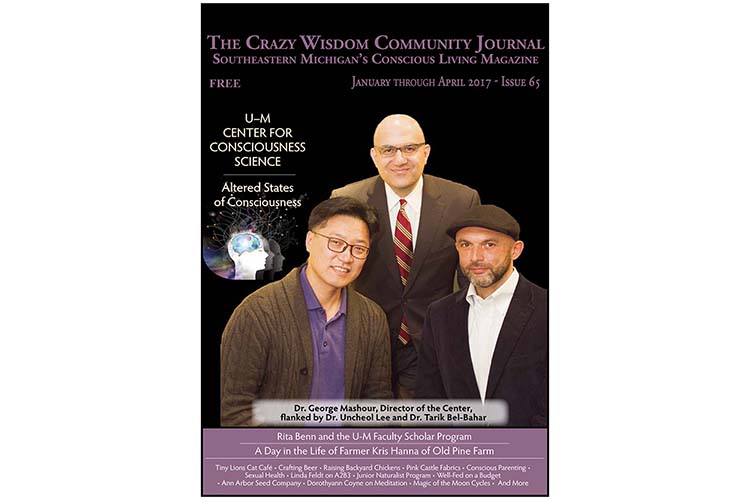












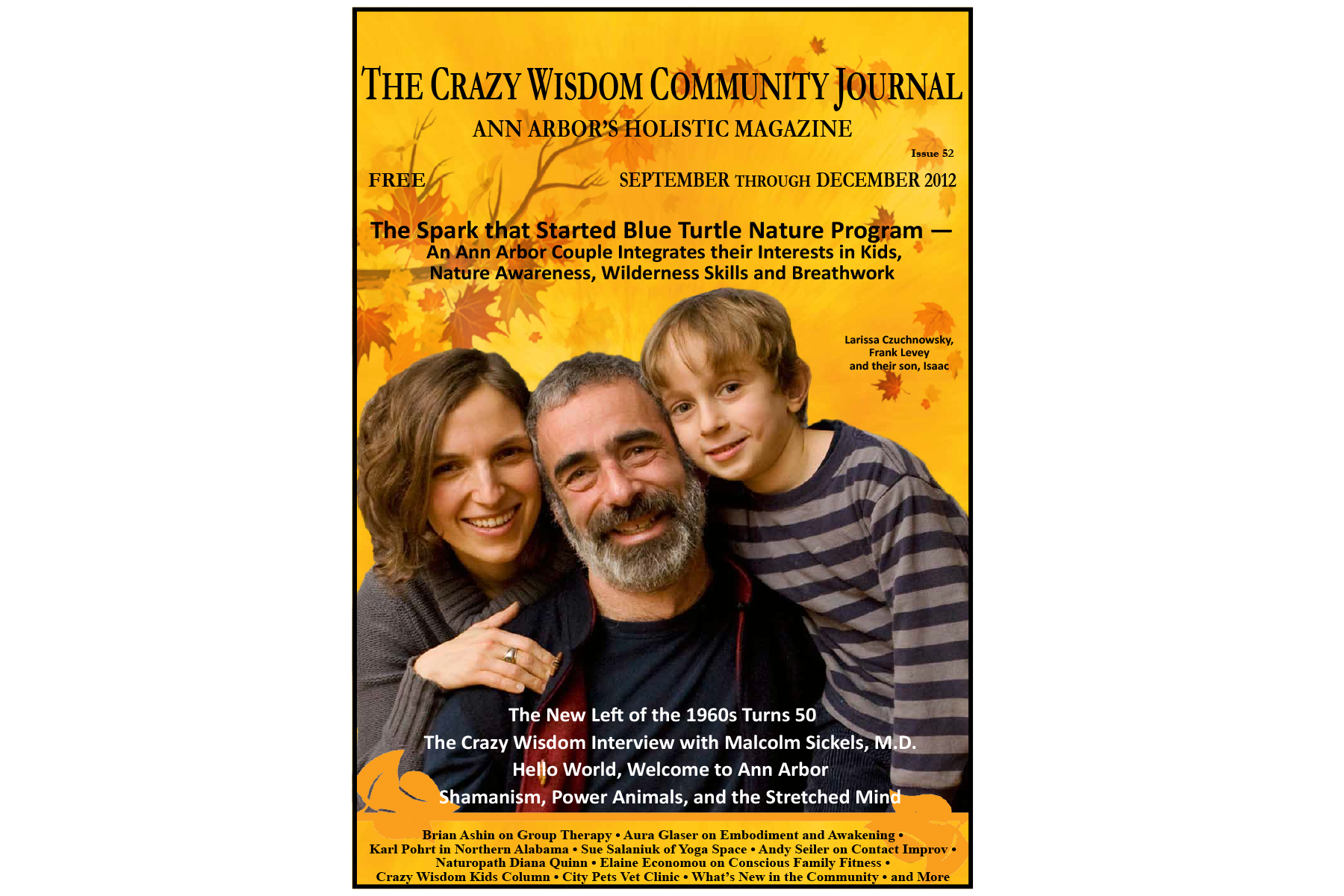
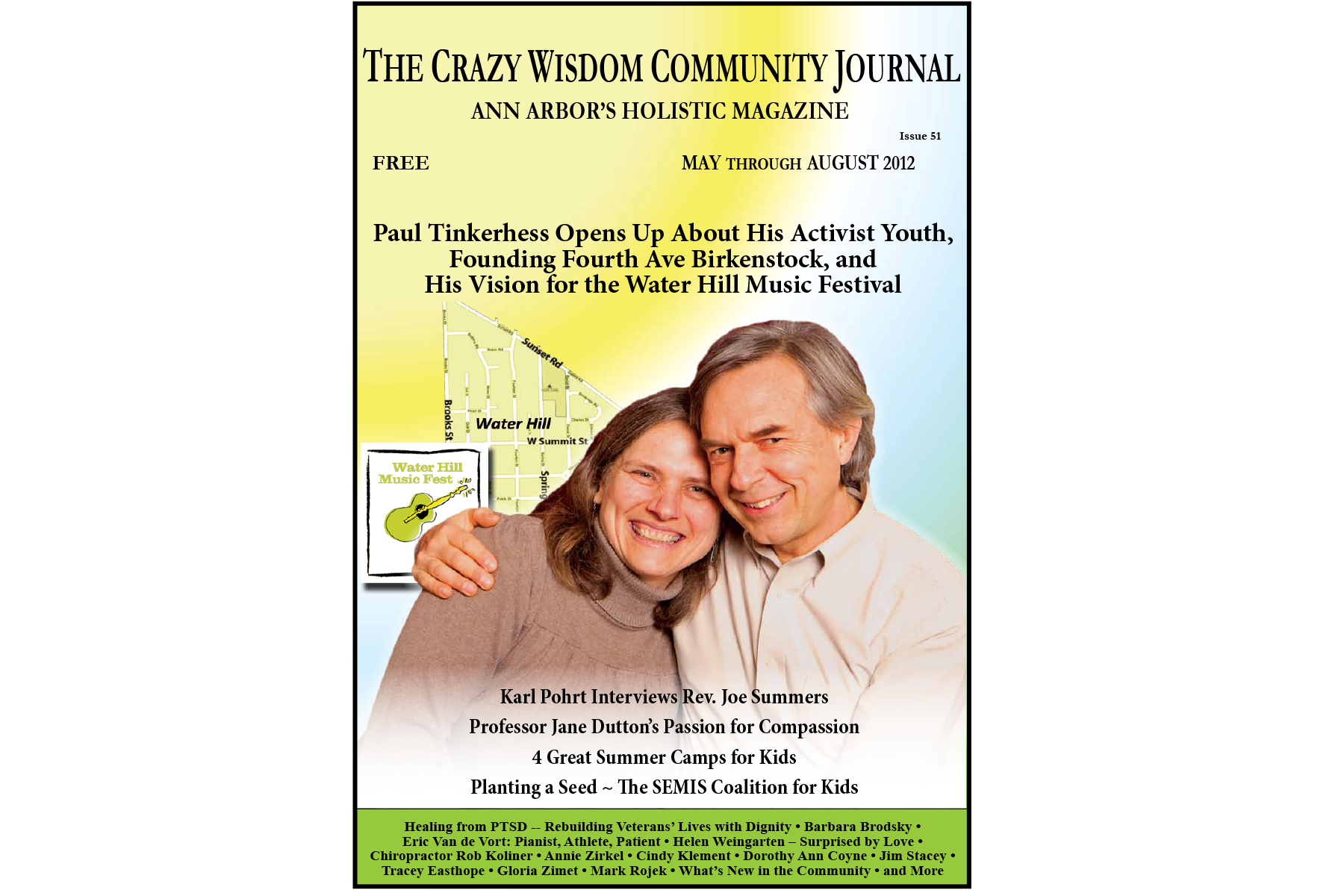




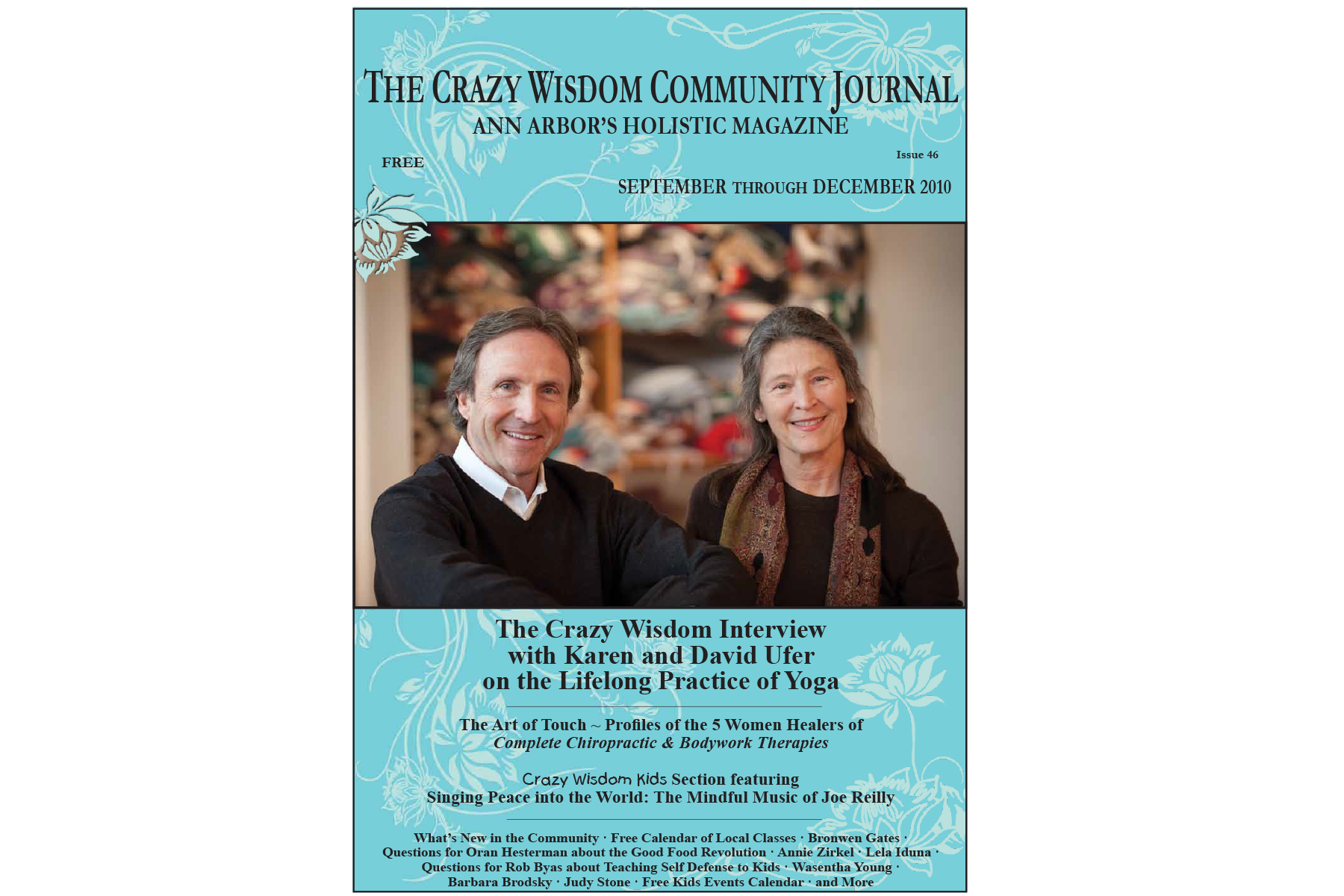





In Nature’s Symphony, Martin Docherty presents a refreshing and deeply thoughtful perspective on our relationship with the natural world—one that blends science, philosophy, and spirituality in a way that feels both intellectually satisfying and emotionally grounding. This book is neither your typical science read nor a standard spiritual guide. It’s something more layered: a meditation on the sacredness of the universe, grounded not in supernatural beliefs, but in the elegant truths of science itself.